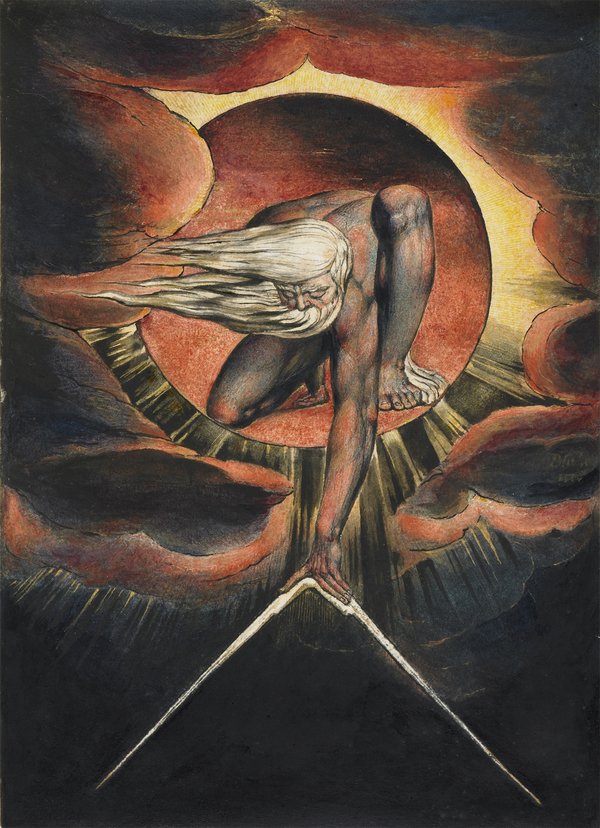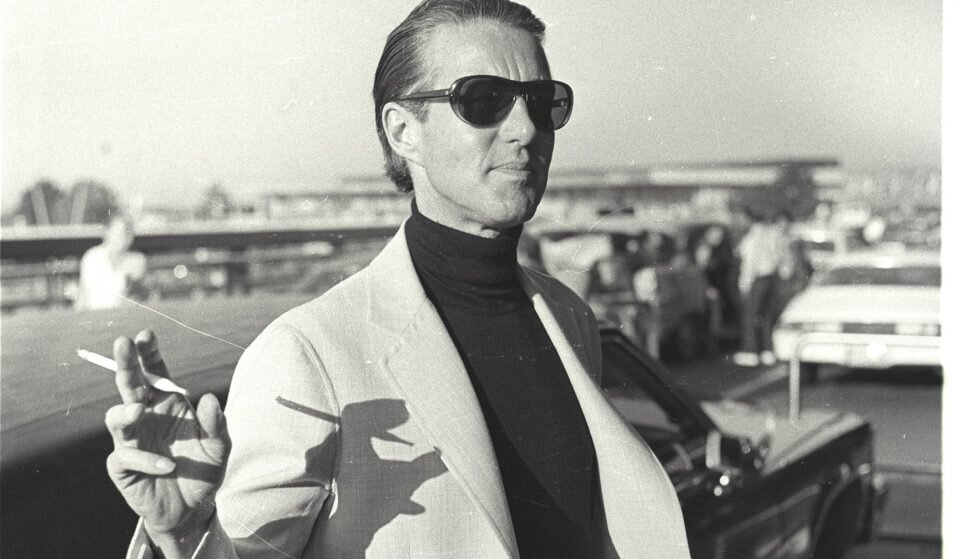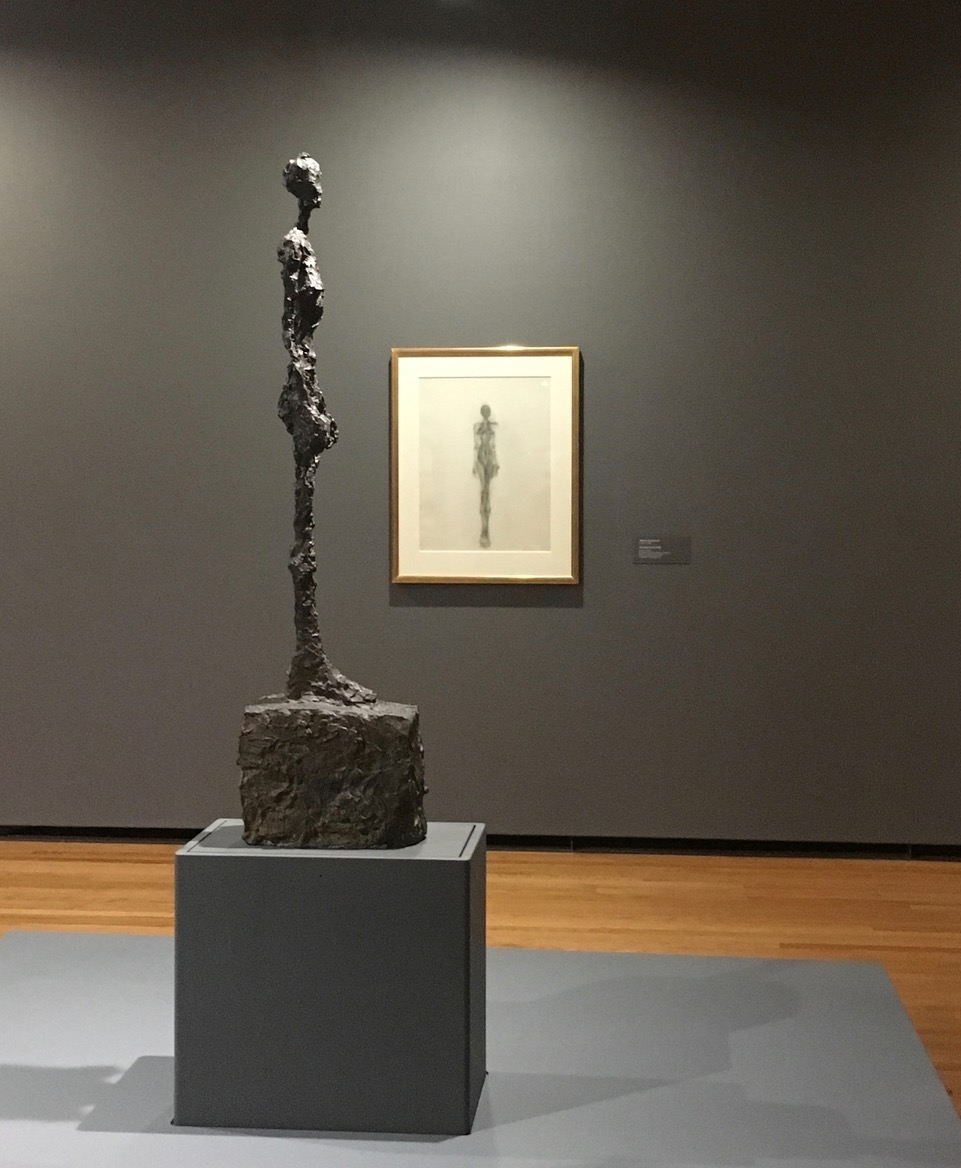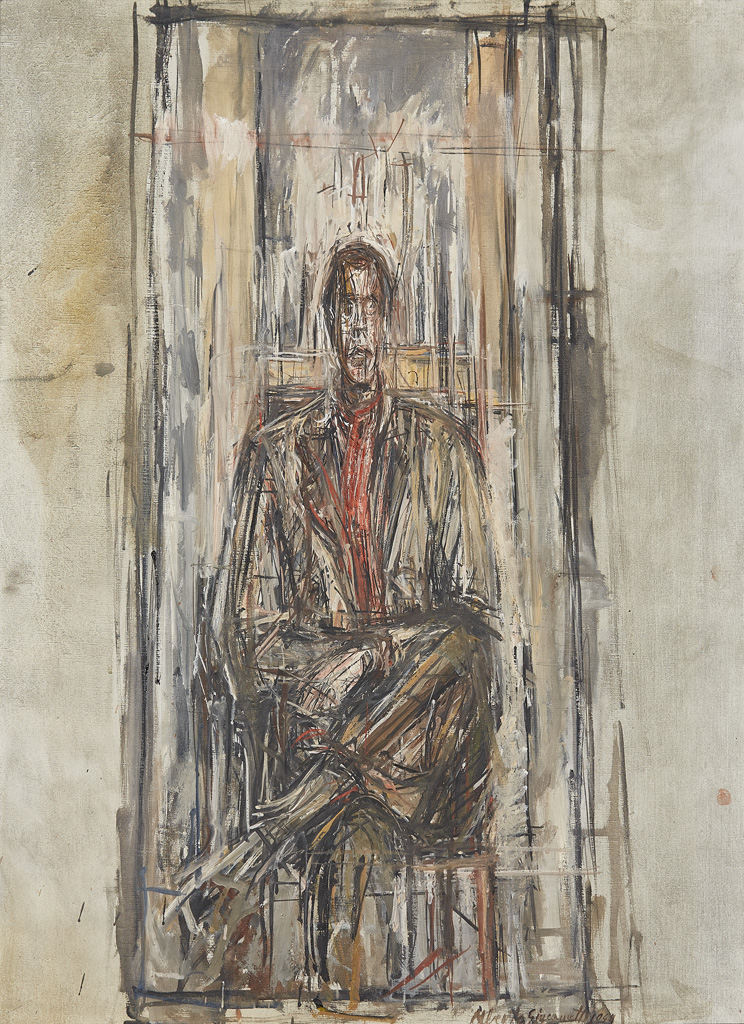‘Less But Better’: Dieter Rams Thinking Inside Out
‘What is good design? Product design is the total configuration of a product: its form, colour, material, and construction. The product must serve its intended purpose efficiently.’
Dieter Rams
I recently saw a compelling BBC documentary about the product designer Dieter Rams (‘Rams: Principles of Good Design’).
In a long career Rams, who is 87, has overseen the creation of a phenomenal range of beautiful functionalist products for the consumer goods company Braun, and for the furniture brand Vitsœ. He has also lectured extensively on the nature of good design and its role in society. His work and principles have animated generations of designers, including Jonathan Ive at Apple.
'Good design is making something intelligible and memorable. Great design is making something memorable and meaningful.’
Dieter Rams was born in Wiesbaden, Germany in 1932. Inspired with a passion to make things by his carpenter grandfather, he studied architecture and interior decoration at Wiesbaden School of Art. In 1953 he got a job at an architecture practice in Frankfurt, and in 1955 he was recruited to Braun. He became the chief design officer in 1961, a role he retained until 1995.
'One of the most significant design principles is to omit the unimportant in order to emphasize the important.’
Dieter Rams, Braun T 41 long, midwave, and shortwave transistor radio, 1962
The Braun aesthetic was simple, minimal, elegant and unobtrusive. Rams and his colleagues designed products whose form was driven by their function - classics like the SK4 music center with its plexiglass lid (nicknamed ‘Snow White’s coffin’), the T41 radio with its speaker of circular dots, the T3 radio with its touch control dial, the T1000 portable radio with its built-in instruction manual. There were handsome blenders, graceful juicers and tasteful dryers; weighing scales, speakers and shavers; televisions, timepieces and table lighters; coffee machines, calculators, and camera flash units. Every product was honest, robust and durable; efficient, practical and responsible. Rams also worked in parallel at Vitsœ. In 1960 he designed the 606 Universal Shelving System, a track-based, wall-mounted storage scheme still in use today, and in 1962 he created the iconic 620 lounge chair.
Dieter Rams, Hans Gugelot Radio-Phonograph (model SK 4/10)1956
Rams’ design philosophy was rooted in people.
‘You cannot understand good design if you do not understand people; design is made for people.’
His products were simple to understand and easy to use. There were clean lines and rounded edges; faces you could read and dials you wanted to touch. No element was too ostentatious, or too subtle. Everything was balanced and in proportion.
‘For design to be understood by everyone, it should be as simple as possible.’
Accordingly Rams was not keen on loud branding.
‘When you’re new some place and have to introduce yourself, or you enter a room and say ‘I’m so-and-so’, you don’t shout. Please, you should do it quietly.’
The man himself is modest and understated. He’s lived in the same house for 50 years and his only screen is a Braun TV from the ‘80s. In black tee shirt, bleached jeans and no socks, he prunes the trees in his Japanese garden. With white hair, tortoise shell glasses and thin lips, he sits at his desk typing.
'Question everything generally thought to be obvious.'
Dieter Rams, Dietrich LubsCalculator (model ET 55)1980
There’s a rigour about Rams’ thinking from which we can all learn. He began every process with the fundamentals of function and utility; of materials and process. He designed from the inside out.
‘I want to start from the inside. Always from the inside to outside. And I have to do this with my thinking as well. From inside to outside.’
As much as Rams knew what he wanted, he knew what he didn’t want. He stripped away the superfluous, edited out the redundant. He disliked fuss, frills and flamboyance; design jokes and artful affectations.
‘I hate the term ‘beautification.’ We never just wanted to make something beautiful. We wanted to make things better.’
Although Rams was hugely influential, his way of working was not by any means the norm. Over the years he became frustrated at the way design was abused by commerce and misunderstood by popular culture.
‘Design has become a synonym for a backdrop, for beautiful appearance, for the stylish.’
Rams thought deeply about his profession and defined what he regarded as the 10 Principles of Good Design.
1. Good design is innovative
2. Good design makes a product useful
3. Good design is aesthetic
4. Good design makes a product understandable
5. Good design is unobtrusive
6. Good design is honest
7. Good design is long-lasting
8. Good design is thorough down to the last detail
9. Good design is environmentally-friendly
10. Good design is as little design as possible
Dieter Rams 620 Chair Programme manufactured by Vitsoe
You’ll notice that there’s a strong ethical tone to these Principles. Rams was serious about his craft and its place in the world. As far back as the 1970s he railed against built-in obsolescence and introduced the idea of sustainable development.
‘We have to get away from the ‘un-culture’ of abundance. Because there is no future with so many redundant things.’
Rams sometimes worried that he was part of the problem, but he always looked to produce products that had enduring utility.
606 Universal Shelving System - Designed by Dieter Rams in 1960 and made by Vitsœ ever since.
‘I find it better to improve things than to be constantly forced to come up with something new.’
These sentiments should give everyone working in the marketing and communication industries pause for thought. Are we responsible for creating desires and exciting appetites; for proliferating product launches and accelerating life cycles? Are we in part to blame for ‘the ’un-culture’ of abundance’?
‘The times of thoughtless design for thoughtless consumption are over.’
Rams summed up his design philosophy as ‘less but better.’ Perhaps these words could provide guidance for us all. Modern strategists need more focus and precision in the way we approach resources and materials, time and talent. We need to be more mindful of waste and more rigorous about objectives.
Like Rams we need to think things through from the inside out.
'When you're sitting on your own
And you feel the city life surround you.
And she's always on the phone,
But you just don't think that you can fight it.
Don't give up, don't give up, darling, on what you dream.
'Cause like the words here in this song,
We'll go on and on and on with our love.
Inside out, oh darling.
I want it to be so deep that you'll be turning me,
Inside out.’
No. 252






























